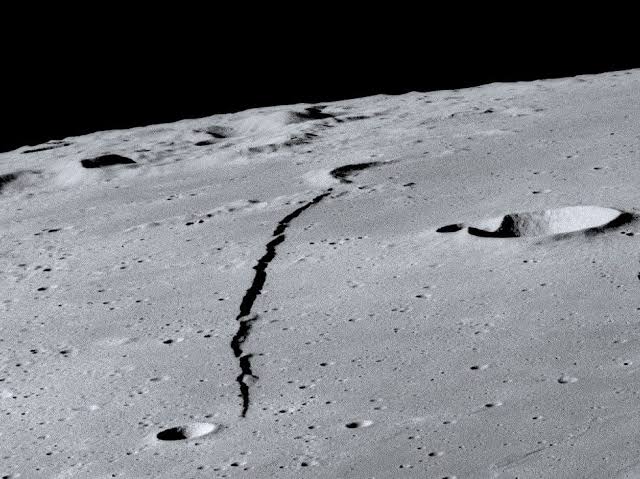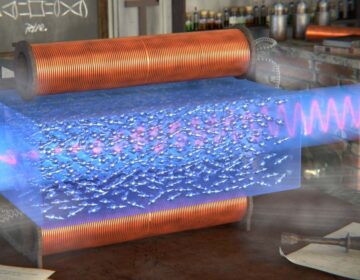Study reveals that seismic activity on the Moon may threaten the stability of future long-term infrastructure.
A recent study found that ground shaking caused by moonquakes, not meteorite impacts, was responsible for altering the terrain in the Taurus-Littrow valley, the site of the Apollo 17 landing in 1972.
The research also identified a likely source of these surface changes and evaluated the potential hazards by applying new seismic models, with results that carry important implications for both future lunar exploration and the development of permanent bases on the Moon.
The paper authored by Smithsonian Senior Scientist Emeritus Thomas R. Watters and University of Maryland Associate Professor of Geology Nicholas Schmerr was published in the journal Science Advances.
The research team examined data from the Apollo 17 site, where astronauts had gathered rock samples from boulder falls and landslides believed to have been triggered by moonquakes.
Their findings indicate that moonquakes measuring around magnitude 3.0—considered minor by Earth’s standards but potentially powerful when occurring nearby—have repeatedly shaken the region for the last 90 million years. These quakes were linked to the Lee-Lincoln fault, a fracture running across the valley floor, and the evidence suggests that this fault, one among thousands scattered across the lunar surface, may still be active today.







